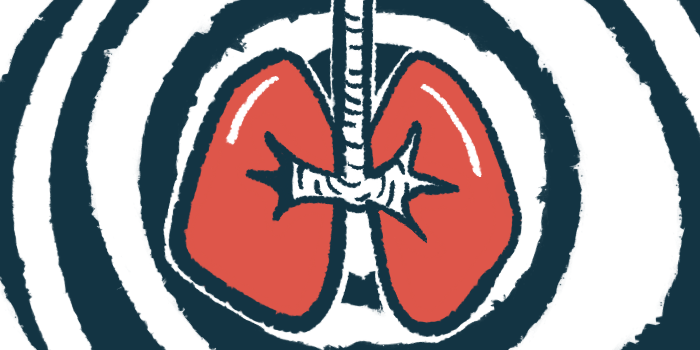#NACFC2022 – CF Exacerbations Differ Based on Patient’s Sex: Study
'Females started with higher lung function but worse respiratory symptoms'
Written by |

Women and girls with cystic fibrosis (CF) who are being treated with antibiotics due to a pulmonary exacerbation tend to have better lung function compared with male patients, but report more severe symptoms, new data show.
Kristina Montemayor, MD, a professor at Johns Hopkins University, shared the findings at the 2022 North American Cystic Fibrosis Conference, in the presentation “Sex-based differences in cystic fibrosis pulmonary exacerbations: Sub-analysis of the STOP2 cohort.”
Some data show that women and girls with CF tend to have a higher risk of morbidity and mortality compared to boys and men with CF, but there is little research exploring sex-based differences in CF.
Study explores sex-based differences in CF pulmonary exacerbations
Here, researchers looked at such differences related to CF pulmonary exacerbations — times when lung function suddenly declines, usually in relation to a lung infection.
The team analyzed data from 982 CF patients who participated in the STOP2 clinical trial (NCT02781610), which compared different durations of treatment with antibiotics among CF patients who were experiencing an exacerbation. Just over half (50.5%) of the patients were female.
Compared to their male counterparts, female patients in STOP2 were more likely to have had an antibiotic-treated pulmonary exacerbation in the prior year. During the trial itself, female patients were more likely to be prescribed steroids. Safety data related to the antibiotic treatment showed no noteworthy differences across sexes.
Assessments of forced expiratory volume in one second (FEV1) — a standard measure of lung function based on how much air someone can forcibly exhale in a second — showed that female patients had overall higher (better) mean and maximum FEV1 in the prior year, as well as higher mean FEV1 at treatment initiation: 52.7% vs 47%. Rates of change in FEV1, both before and during the trial, were similar across the sexes.
Despite having better lung function at the trial’s start, female CF patients had significantly higher (worse) mean scores on the Chronic Respiratory Infection Symptom Score, a measure of symptom severity: 52.3 vs 49.2 points. Rates of change in CRISS did not differ between the sexes.
“Females started with higher lung function but worse respiratory symptoms compared to males,” Montemayor said.
Over the course of the trial, female patients with CF had a significantly inferior improvement in their body mass index (a measure of body fat) than their male peers.
The risk of having a subsequent exacerbation that requires intravenous (into-the-vein) antibiotic treatment was significantly higher, by 26%, in female CF patients compared to male patients.
As study limitations, Montemayor noted that as all participants were adults, the results may not be the same in children. Also, the trial was conducted before the widespread use of the combination therapy Trikafta. As a future direction, the investigator mentioned the assessment of sex differences in the response to CFTR modulators.
Note: The Cystic Fibrosis News Today team is providing in-depth coverage of the 2022 North American Cystic Fibrosis Conference (NACFC) Nov. 3–5. Go here to see the latest stories from the conference.








